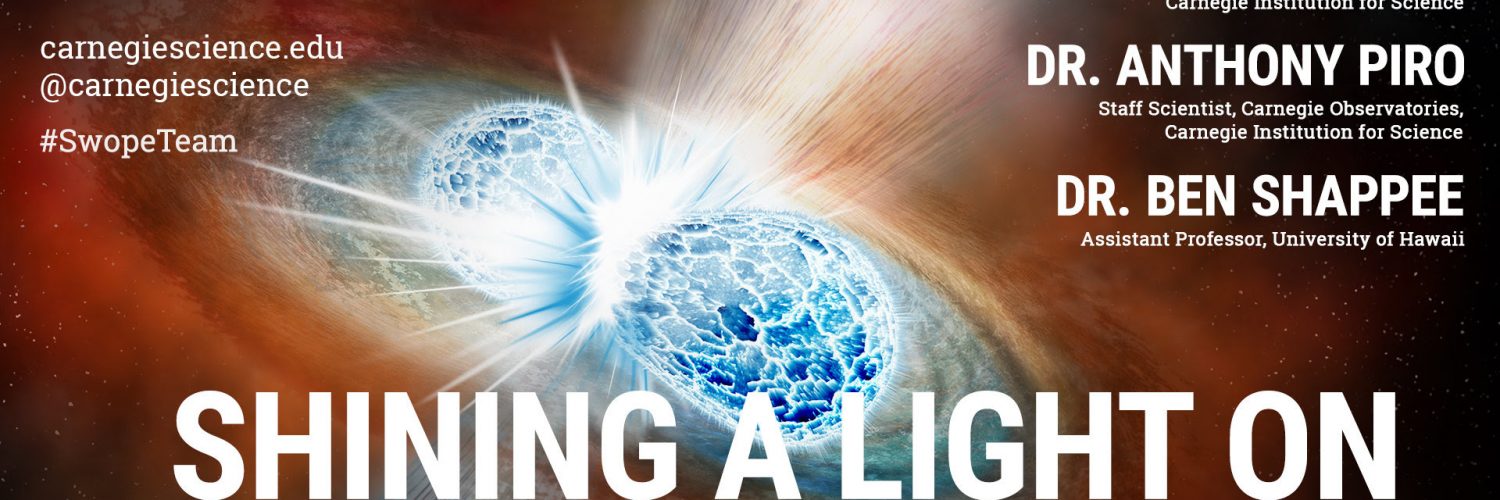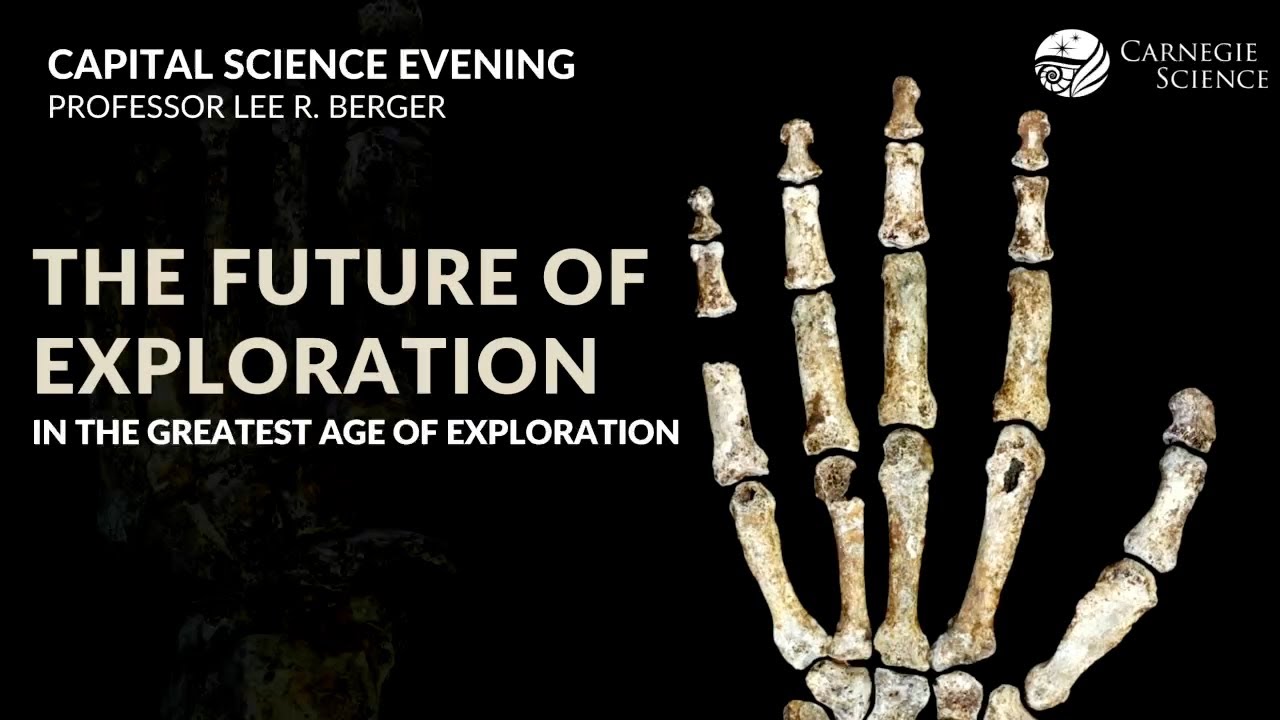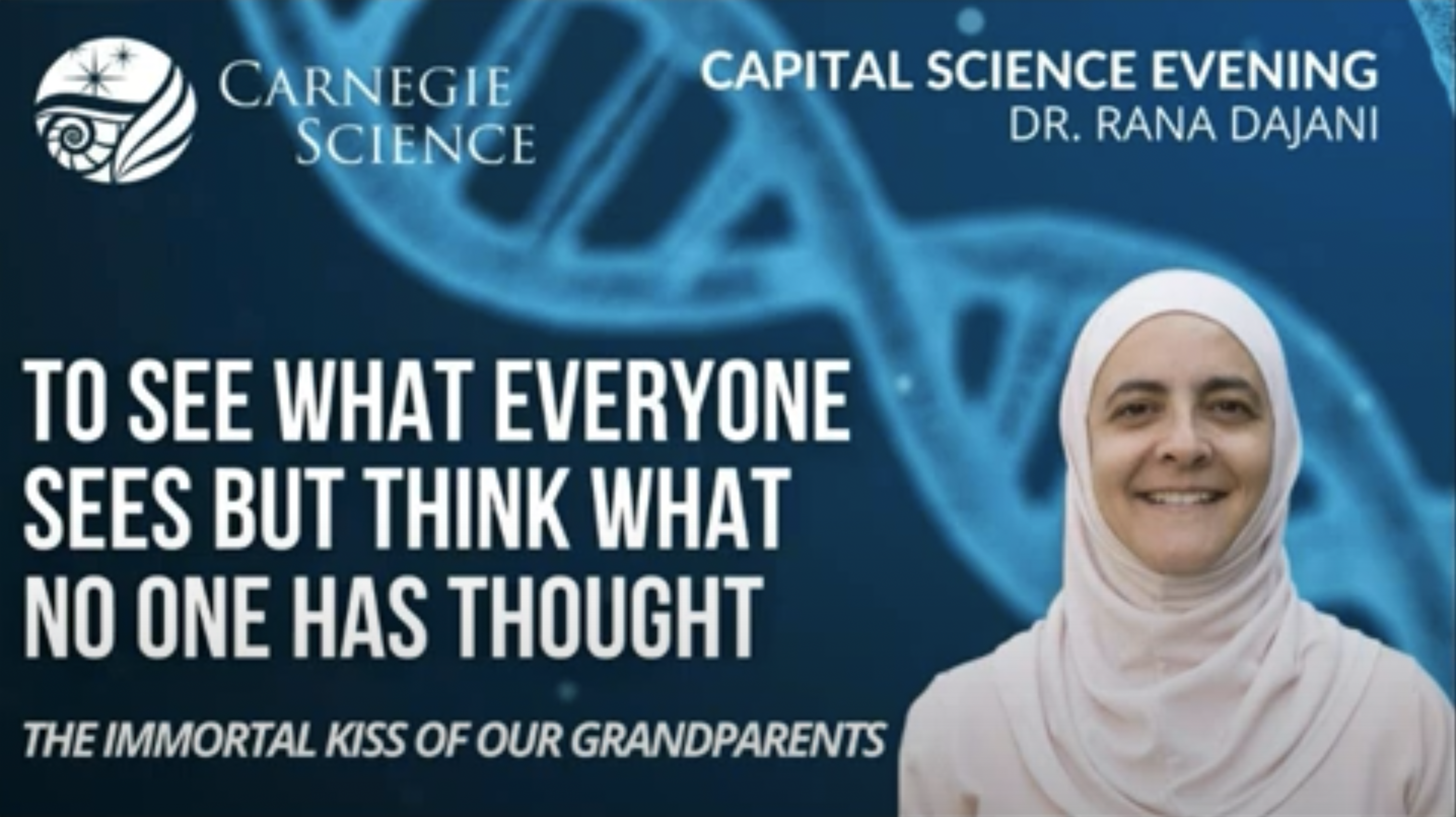In August 2017, a team of four Carnegie astronomers provided humankind’s first-ever glimpse of two neutron stars colliding—opening the door to a new era of astronomy. Along with colleagues at UC Santa Cruz, Carnegie’s Anthony Piro, Josh Simon, Maria Drout, and Ben Shappee used the Swope Telescope at our Las Campanas Observatory to discover the light produced by the explosion, pinpointing the origin of a gravitational wave signal less than 11 hours after it was detected by the LIGO Collaboration. They followed the radioactive glow of the debris over the next few weeks, unlocking the secret of how some of the world’s most-valuable elements, such as gold and platinum, are created. Drs. Drout, Piro, and Shappee walk us through their unforgettable night of discovery and update us on the science that their fast-thinking response has enabled over the past year.
Dr. Maria Drout: Assistant Professor, Department of Astronomy & Astrophysics, University of Toronto; Research Associate, Carnegie Observatories, Carnegie Institution for Science
Dr. Anthony Piro: Staff Scientist, Carnegie Observatories, Carnegie Institution for Science
Dr. Ben Shappee: Assistant Professor, University of Hawaii
The conversation is moderated by Observatories Director Dr. John Mulchaey.
#SwopeTeam
September 18, 2018





